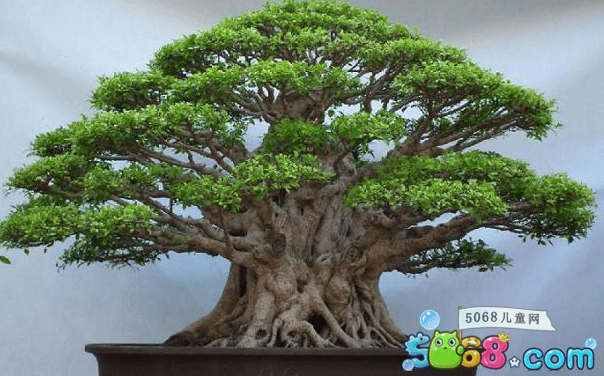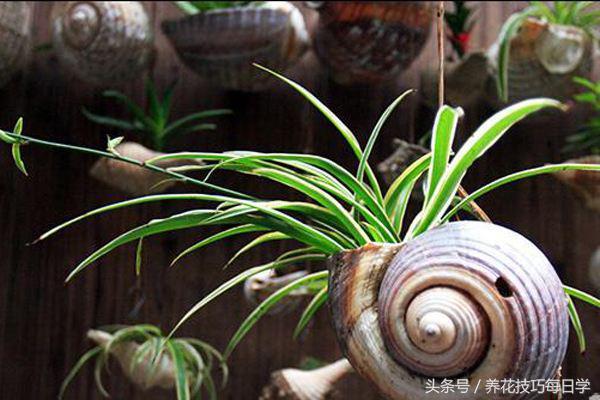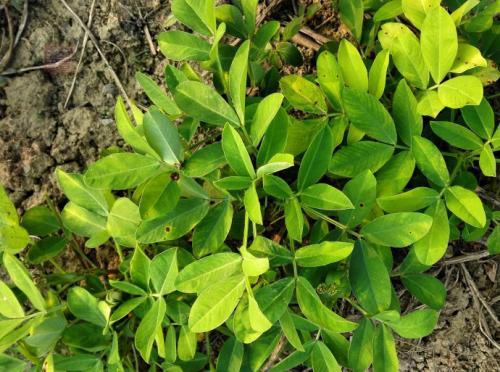Culture methods and matters needing attention of banyan bonsai
Eucalyptus bonsai is a vibrant symbolic landscape. Therefore, to maintain the continuous growth of its life has become the inevitable goal of maintenance and management. When cultivating eucalyptus bonsai, we must pay attention to the breeding methods. The following editor introduces the cultivation methods of eucalyptus bonsai. Please note that I hope everyone likes it.

Cultivation methods of Eucalyptus Bonsai
1. Lighting: eucalyptus belongs to subtropical plants and enjoys a sunny, well-ventilated, warm and humid environment. Sexual tolerance to drought, resistance to semi-yin. In general, it should be placed in a ventilated and transparent place. There must be a certain amount of space humidity, lack of sunlight, poor ventilation, and no indoor humidity. Plants can turn yellow and dry, causing the death of pests and diseases.
2, watering: eucalyptus is planted in the basin without watering for a long time, and the plant withered due to lack of water, so it is necessary to observe in time and water according to the dry and wet conditions of the soil to maintain soil moisture. Pour into the drain at the bottom of the basin, there is water oozing, but you can not pour half of the water (that is, dry and dry). After watering once, when the soil is white and the surface soil is dry, you need to pour good secondary water. You can't wait until all the pots are dry before watering. In hot seasons, always spray water on the leaves or the surrounding environment to cool down and increase the humidity of the air. The times of watering should be less in winter and spring and more in summer and autumn.
Fertilization: eucalyptus doesn't like fertilizer. More than 10 kinds of compound fertilizers can be applied every month. When applying fertilizer, pay attention to burying the fertilizer into the soil on the side of the flowerpot and watering it immediately after fertilization. The main ingredient of fertilizer is NPK.
4. Pruning: wild piles become pile-like views, and pruning is a very important process. In a good year, the root will be cultivated first and the essence will be improved. Only unaligned buds are deleted. After a good year, the branches are thick and Lignified, they can be cut. It is mainly based on scissors, supplemented by binding. Cutting is suitable for once a year, movable and shear strength twice. The fork to cut the short branch is very thick, and then cut. Repeatedly, if you trim it correctly, it will take four years, and a good bonsai will appear in your hands.
Eucalyptus bonsai leaves yellowing
1. Water yellow: the young leaves are dark yellow without luster, the old leaves have no obvious change, the branches are yellowish green, and the new buds are not long, indicating that they are overwatered. Put the flowers in ventilated, cool, self-blowing dry soil, and then put them back in the pot.
2, dry yellow: lack of water yellow is different from water yellow, lack of water yellow is leaf tip or edge dry, dry, old leaves fall from the bottom up, but the growth of new leaves is more normal. Pay attention to watering and watering when watering.
3, burning yellow: strong sunlight directly to some shady flowers (such as spider plant, peacock bamboo carp, jade, etc.), easy to cause flowers and leaves tip, leaf edge dry, in the sunlight part of the leaves with macula. Move to the shade.
4, lack of light: long-term cool environment, leaves can not get enough sunlight, can not form chlorophyll, the whole plant leaves yellow and then fall off, supplementary light can avoid disease.
5, fat yellow: flowers yellowing caused by excessive fertilization or excessive concentration of flowers, showing that the top of the new leaves are dry brown, the general leaves are thick and dull, and the old leaves are yellowed and closed. Fertilization should be stopped immediately and some fertilizers should be cleaned in large quantities.
6, lack of fat: the fat in the young leaves lacks color fading, yellow or light green, while the old leaves are more normal or gradually change from green to yellow. Check the potted soil. If there is a dry knot, the soil should be changed. In general, dilute fertilizer should be applied frequently and some water should be poured in time.
Notes on Eucalyptus Bonsai
1. Improper watering: eucalyptus watering must follow the principle of not pouring or pouring, pouring and pouring. Drying here means that the surface of the basin is dry, not the basin. Of course, even if it is dry, it will not cause much damage to eucalyptus in a short time, because the leaves of eucalyptus are thick and small and have a certain degree of drought resistance.
2, improper fertilization: eucalyptus needs to be fertilized through dilute fertilizer and diligent fertilization to avoid the application of high concentration fertilizer or unfermented decomposed organic fertilizer, otherwise it will cause fertilizer damage, light leaves and heavy death.
3. Lack of light: eucalyptus grows well in a well-lit environment. If the shadow is 30-50% in summer heat, the color of the leaves is more emerald green. However, when the temperature is below 32 °C, it is better not to shave to avoid leaf shedding.
4, insect pests cause: eucalyptus leaves are mainly red spiders, scale insects, although there is also a "horse", it is just a leaf sucking juice, the damage is less than the above two, and the Hummer is also easy to control, only the leaves can be deleted and destroyed. Red spiders are relatively small and are generally damaged on the back of the leaves. This is due to poor ventilation and dry air. After spraying the whole plant, you can spray water, such as sputum, sputum and so on. The parts of the scale insects are mostly stems, petioles, etc., with different size and color, and the shape is round, oval, etc., generally immobile, but the damage is greater and needs timely prevention, it can be wiped with a toothbrush or wiped clean, and can also be sprayed with detergent, 0.2% Fangfeng oil solution for prevention, or phosphorus control such as spraying insecticides, and the effect is good.
Time: 2019-05-11 Click:
- Prev

Diagram of how to separate plants of Cymbidium
How to divide Phalaenopsis orchids the first thing to do is to take the original flowers out of the flowerpot. We need to remove some dirt and remove the smaller dirt. After separating three or four plants, they can enter the basin. The soil can be used commonly, and some peanuts or walnut skins are also good. Give it a little water when it's reassembled.
- Next

What to do about planting flowers and trees withering
What if the peanut seedlings are rotten? How do peanuts rot from emergence to harvest? A: after the emergence of peanuts, it was found that root wilt was caused by two causes: nematode, bacterial wilt and chalk syndrome.? Peanut nematode disease. Symptoms: first invade from the root tip, causing the main root to expand into a spindle shape
Related
- Fuxing push coffee new agricultural production and marketing class: lack of small-scale processing plants
- Jujube rice field leisure farm deep ploughing Yilan for five years to create a space for organic food and play
- Nongyu Farm-A trial of organic papaya for brave women with advanced technology
- Four points for attention in the prevention and control of diseases and insect pests of edible fungi
- How to add nutrient solution to Edible Fungi
- Is there any good way to control edible fungus mites?
- Open Inoculation Technology of Edible Fungi
- Is there any clever way to use fertilizer for edible fungus in winter?
- What agents are used to kill the pathogens of edible fungi in the mushroom shed?
- Rapid drying of Edible Fungi

